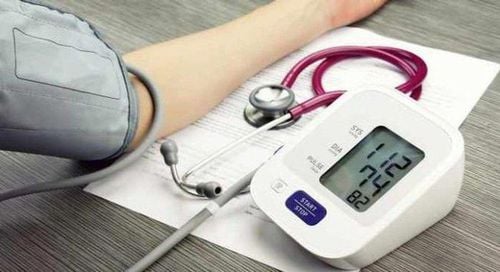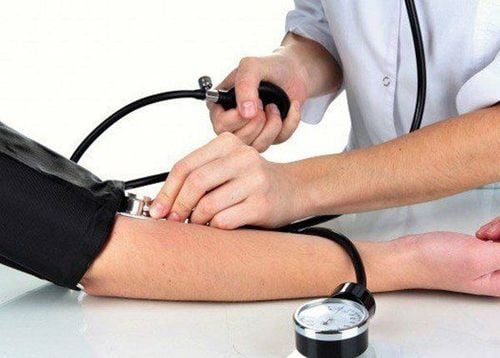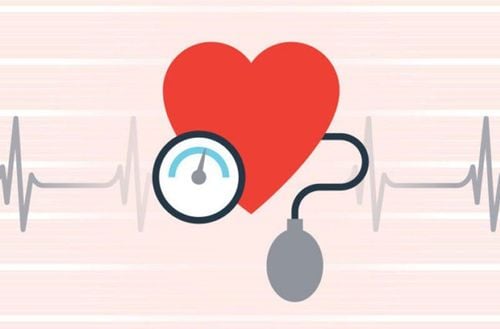Nội dung bạn đang tìm kiếm không có phiên bản tiếng Việt.
Vui lòng chọn tiếp tục để xem nội dung tiếng Anh hoặc đi đến trang chủ Tiếng Việt.
Rất xin lỗi về sự bất tiện này.
Cardiology


Feeling tired after bathing is a sign of what disease?
I often feel tired after bathing or when the wind blows directly on my head. I have a history of mild myocardial infarction, often feeling tired and stiff from the left side of my forehead down to my heart. Doctor, can you tell me what disease I feel tired after bathing is a sign of?
View more

What disease has the sign of shortness of breath with headache?
Hello doctor, I often feel tired, sometimes I have shortness of breath, hand tremors, rapid heartbeat, headache, dizziness for no reason. Doctor, may I ask, shortness of breath with headache is a sign of what disease?
View more
Latest articles

Is a blood pressure reading of 140/80 concerning?
I am 27 years old, and during a health check, my blood pressure was measured at 140/80. The nurse advised me to see a cardiologist. Could you please let me know if a blood pressure reading of 140/80 is concerning?
View more

Should people with high blood pressure drink lemon or orange juice?
I have high blood pressure. So can you tell me if people with high blood pressure should drink lemon or orange juice? Because I've heard some people say yes, and others say no.
View more

Why do you have chest pain when taking a deep breath?
Having chest pain when taking a deep breath is a warning sign of many serious health problems. The cause of chest pain when taking a deep breath can come from chest wall disease due to costochondritis or trauma, cardiovascular disease.
View more

What is a Healthy Blood Pressure for a 70-Year-Old?
Blood pressure refers to the force exerted by blood on the walls of the body’s blood vessels, playing a crucial role in many bodily functions. For each age group, maintaining an appropriate blood pressure level is essential to ensure optimal organ function. For the elderly, especially those aged 70, monitoring blood pressure carefully is vital, as the body becomes weaker and less efficient compared to its younger years.
View more

Why Can Thin People Have High Blood Lipids?
Factors that increase bad cholesterol and lead to high blood lipid levels include lack of physical activity, consuming excessive fats and oils, smoking, alcohol consumption, and family history. High blood lipid levels are not limited to body weight. Even thin individuals can develop high blood lipid levels if they lead an unhealthy lifestyle and have poor dietary habits.
View more

Silent Dangers of High Blood Pressure: Understanding Nosebleeds as a Symptom
Simple nosebleeds (epistaxis) are sometimes mistaken for severe problems including high blood pressure and damaged blood vessels in the nose. Blood pressure can lead to stroke and other serious consequences if it is not immediately controlled.
View more

How to Urgently Lower Blood Pressure
Hypertension is a common condition with increasing prevalence. Sudden spikes in blood pressure can lead to stroke or brain hemorrhage. Therefore, knowing how to urgently lower blood pressure when symptoms appear is crucial to prevent complications.
View more

Symptoms of a Minor Stroke
A minor stroke, also known as a transient ischemic attack (TIA), occurs when blood flow to the brain is temporarily interrupted. According to statistics, 50% of patients who experience a TIA will suffer a full stroke within 5 years. Therefore, recognizing the symptoms of a minor stroke can help prevent serious complications.
View more

